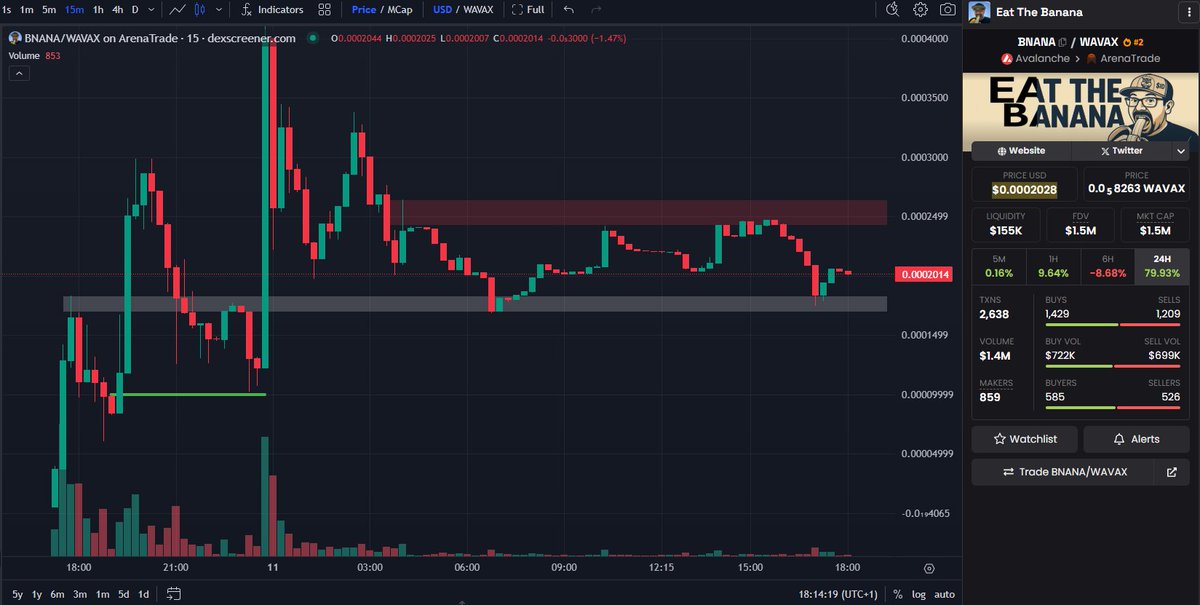The Intersection of AI and Human Creativity: A New Era of Collaboration
Introduction: The Rise of the Machines—Or Is It?
Artificial Intelligence (AI) is no longer a futuristic concept—it’s here, reshaping industries, influencing decisions, and even creating art. But as AI grows more sophisticated, a pressing question emerges: *Is AI replacing human creativity, or is it amplifying it?*
From generating music to writing novels, AI’s capabilities are expanding at an unprecedented rate. Yet, rather than rendering human input obsolete, AI is proving to be a powerful collaborator. This report explores how AI and human creativity intersect, the challenges they face, and the exciting possibilities ahead.
—
The Evolution of AI in Creative Fields
From Automation to Co-Creation
AI started as a tool for automating repetitive tasks—think chatbots and data analysis. But today, it’s venturing into creative domains:
– Art & Design: AI-powered tools like DALL·E and Midjourney generate stunning visuals from simple text prompts.
– Music & Composition: Platforms like AIVA and OpenAI’s MuseNet compose original symphonies in seconds.
– Writing & Storytelling: AI models like GPT-4 can draft articles, scripts, and even poetry.
These advancements suggest AI isn’t just mimicking creativity—it’s enhancing it by offering new ways to brainstorm, iterate, and refine ideas.
The Human Touch in AI-Generated Content
Despite AI’s capabilities, human oversight remains crucial. AI-generated art often lacks emotional depth, and AI-written stories can feel formulaic. The best results emerge when humans guide AI, injecting nuance, context, and originality.
For example, AI-generated music might follow harmonic rules perfectly, but a human composer adds the soul—the imperfections that make art relatable.
—
Challenges at the AI-Human Creative Junction
Ethical Dilemmas: Who Owns AI Art?
If an AI creates a painting based on a user’s prompt, who owns the copyright—the user, the AI developer, or the AI itself? Legal systems are still catching up, with debates raging over intellectual property rights in AI-generated works [1].
Bias and Limitations
AI learns from existing data, meaning it can inherit human biases. If an AI is trained mostly on Western classical music, it may struggle with non-Western compositions. Similarly, AI-generated text can reflect societal prejudices present in its training data [2].
The Fear of Replacement
Many artists and writers worry AI will make their skills obsolete. However, history shows that technology often creates new opportunities rather than eliminating jobs entirely. Just as photography didn’t kill painting (it transformed it), AI may redefine—not replace—human creativity.
—
The Future: AI as a Creative Partner
Augmented Creativity
Imagine a future where:
– Writers use AI to overcome writer’s block by generating plot ideas.
– Musicians collaborate with AI to explore unconventional chord progressions.
– Designers leverage AI to rapidly prototype concepts before refining them manually.
This synergy could lead to entirely new art forms, blending human intuition with machine precision.
Democratizing Creativity
AI lowers barriers to entry, allowing people with limited technical skills to express themselves creatively. A person who can’t draw can now describe an idea to an AI and see it visualized instantly.
The Next Frontier: Emotional AI
Future AI might not just generate content but also *understand* human emotions, tailoring creative outputs to resonate on a deeper level. Imagine an AI that composes music based on your mood or writes a story that adapts to your reactions in real time.
—
Conclusion: A Symphony of Human and Machine
AI isn’t here to replace human creativity—it’s here to expand it. The most compelling works of the future will likely emerge from partnerships between humans and machines, where AI handles the technical heavy lifting while humans provide vision and emotional depth.
As we navigate this evolving landscape, the key is to embrace AI as a collaborator rather than a competitor. The future of creativity isn’t human *or* machine—it’s human *and* machine, working together to push the boundaries of what’s possible.
—
Sources
*Note: All sources open in new tabs for easy reference.*

